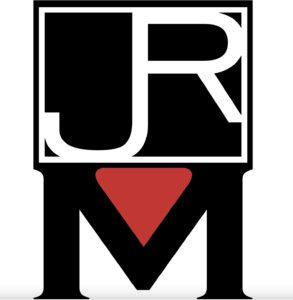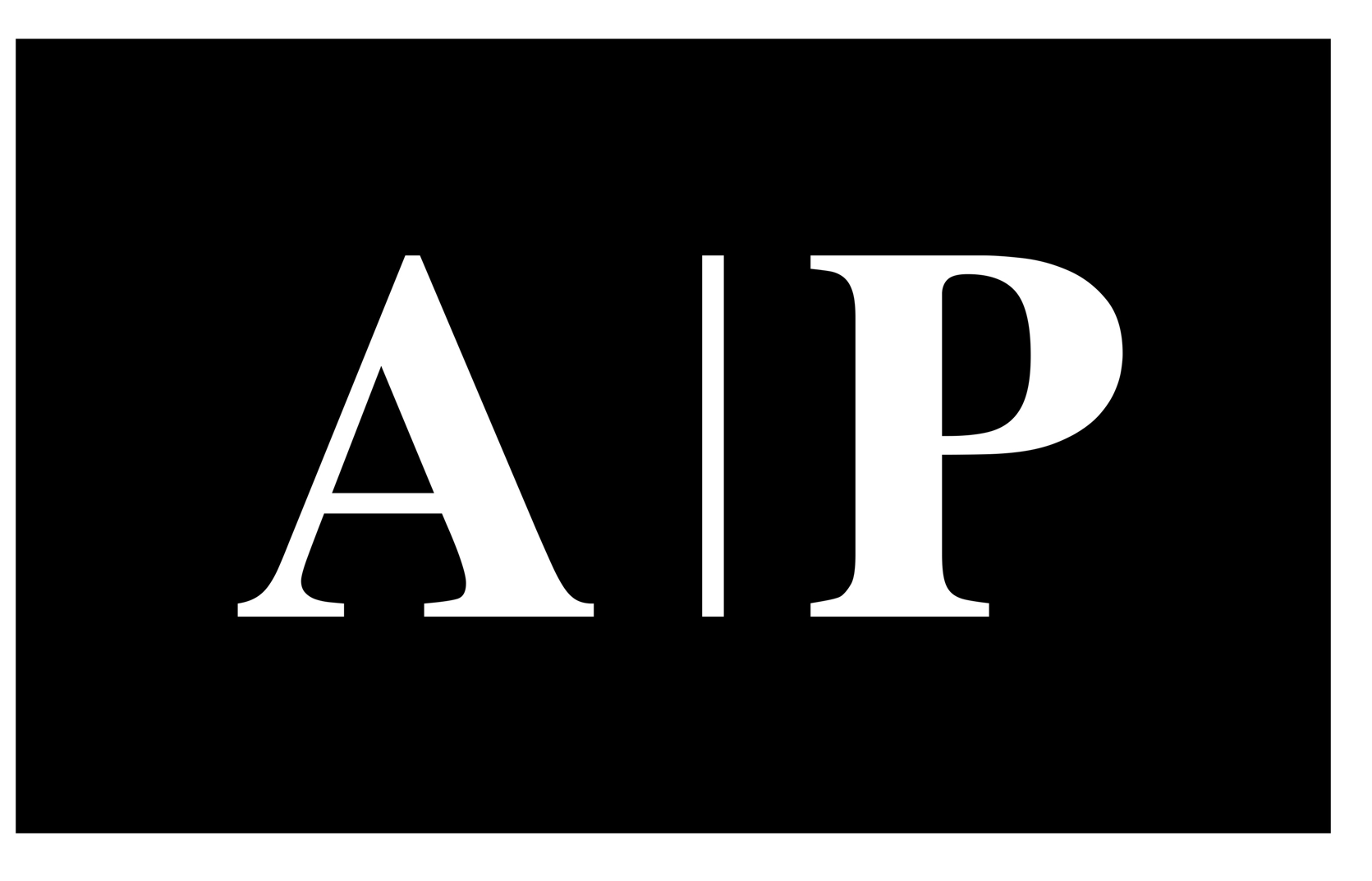The 3 Main Types of Plumbing Systems

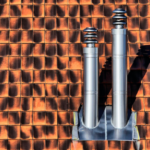

Plumbing is an essential facet of our modern infrastructure, ensuring the seamless supply and disposal of water in our homes and buildings. Whether it’s the water we drink, the hot shower we look forward to at the end of a long day, or the sanitation systems we often take for granted, plumbing plays a pivotal role in them all. But what are the primary systems that comprise our larger plumbing network? Let’s delve into the three main types of plumbing systems in Long Island and their significance.
1. Potable Water Supply System
This is the system that provides fresh water for our everyday use – from drinking to cooking to cleaning.
Function: The potable water supply system ensures that water from the source, whether it’s a municipal supply or a well, is channeled into the building safely. It requires a pressurized system, often aided by pumps, to maintain consistent flow.
Components: This system comprises the incoming water lines, pressure tanks (in case of well systems), shut-off valves, meters (to measure consumption), and associated filters or treatment systems if necessary.

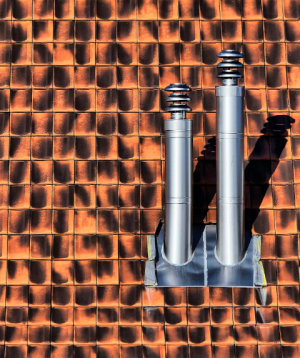
2. Sanitary Drainage System
As crucial as the supply of fresh water is the removal of wastewater. The sanitary drainage system takes care of this aspect.
Function: Drainage systems in Long Island are designed to carry wastewater away from buildings to the septic system or a municipal sewer. Given that this system relies on gravity, it’s crucial for the pipes to be adequately sloped to ensure smooth drainage.
Components: The drainage system includes all the traps, drains, and waste pipes from fixtures. Vent pipes, which prevent a vacuum from forming and ensure smooth drainage, are also an integral part of this system.
3. Stormwater Drainage System
While the sanitary drainage system deals with household wastewater, the stormwater drainage system manages rainwater.
Function: Especially crucial in areas prone to heavy rainfall, this system prevents flooding by diverting rainwater away from the building and into the ground or storm sewers.
Components: This part of your home usually consists of gutters, downspouts, landscape drains, and ground-level grates.

Types of Plumbing Transport Systems
While the systems above denote the purposes for which water is directed, the means by which they are transported is equally varied.
1. Pipes and Fittings
This is the network of channels that transport water both into and out of the building.
Materials: Depending on the intended purpose and region, different materials like PVC, CPVC, copper, PEX, and cast iron might be used.
Fittings: These are the connectors – elbows, tees, valves, and unions – that help navigate water around obstacles and regulate flow.
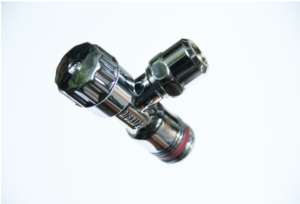
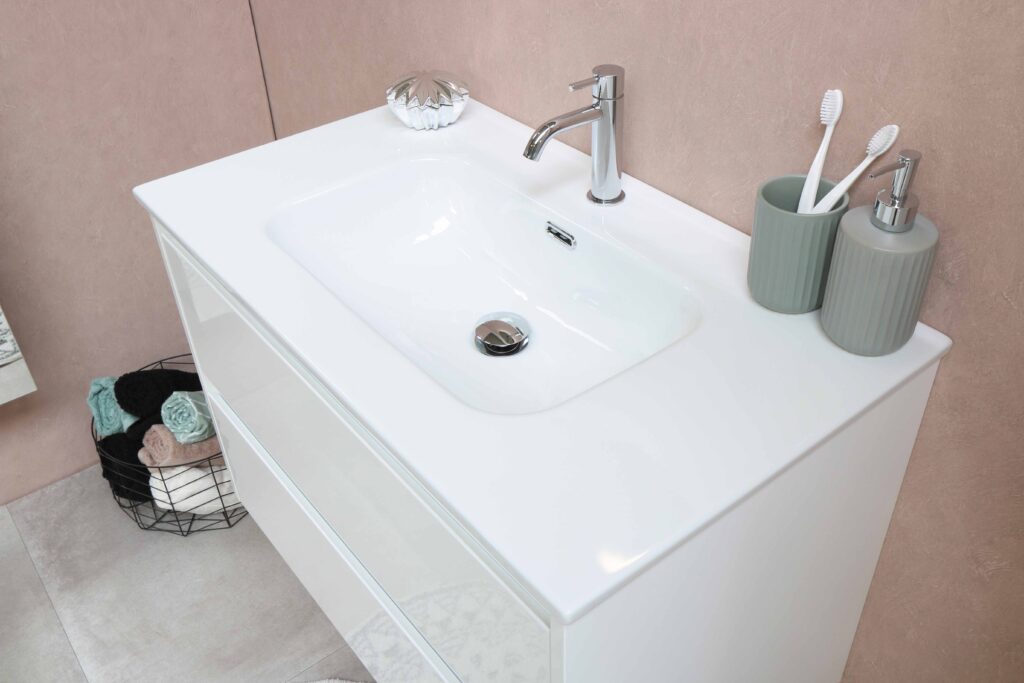
2. Fixtures
These are the end-points where water is accessed or disposed of – be it sinks, toilets, showers, bathtubs, or hose bibs.
Function: While they are endpoints, they often come with their mechanisms, like the trap beneath a sink, to ensure the broader system’s seamless functioning.
3. Appliances
Beyond fixtures, many modern homes integrate appliances into the plumbing system, including water heaters, dishwashers, washing machines, and even refrigerators with water dispensers.
Integration: These require careful connection to both the water supply and the drainage system, ensuring they operate efficiently without causing leaks or blockages.

What to Do When Your Plumbing Systems Fail in New York
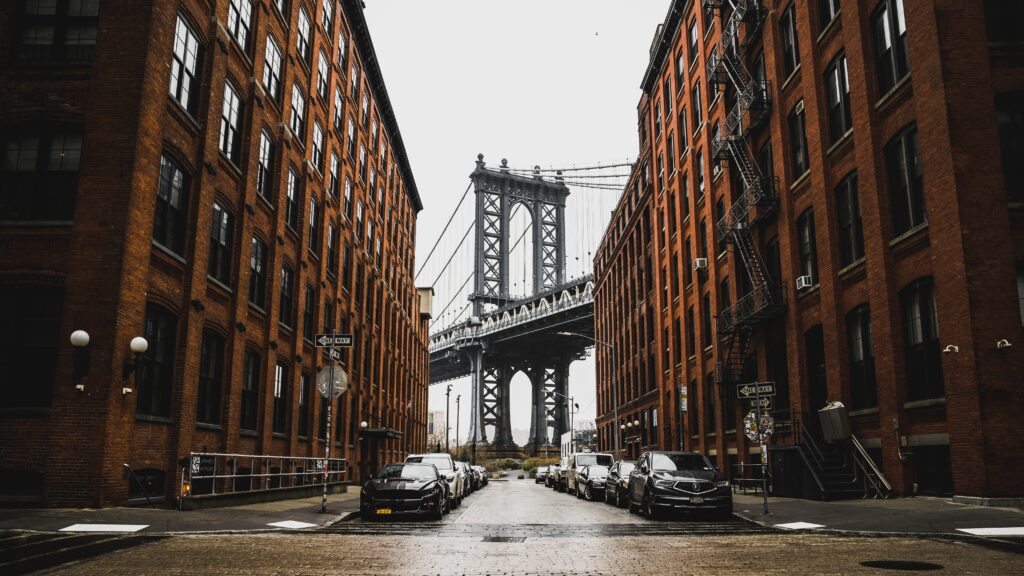
Even the best-maintained plumbing systems can run into issues. Whether it’s a minor leak or a major blockage, it’s essential to address the problem promptly to prevent further complications. Here’s what you can do:
- Identification: Understand the problem. If there’s a blockage, identify which drain is affected. If there’s a leak, try to locate its source. Turn off the water supply to the affected area if possible.
- Basic Troubleshooting: Simple issues, like minor clogs, can sometimes be resolved with a plunger or a drain cleaner. If the problem seems to be with an appliance, check its user manual for troubleshooting tips.
- Call a Professional: If the problem persists or is beyond your understanding, it’s time to call in a professional plumber. They’ll have the expertise and tools to diagnose and address the issue effectively.
- Regular Maintenance: Prevention is always better than cure. Periodic checks, cleaning drains and gutters, and inspecting pipes can prevent many issues from arising in the first place.
Understanding the intricacies of your plumbing systems can be empowering. It not only demystifies the network of pipes and drains in your home but also equips you to handle emergencies better. Whether you’re troubleshooting a minor issue or planning a significant renovation, this knowledge can be invaluable. And remember, when in doubt, it’s always a good idea to consult a plumbing expert – Arco Plumbing Group.




















